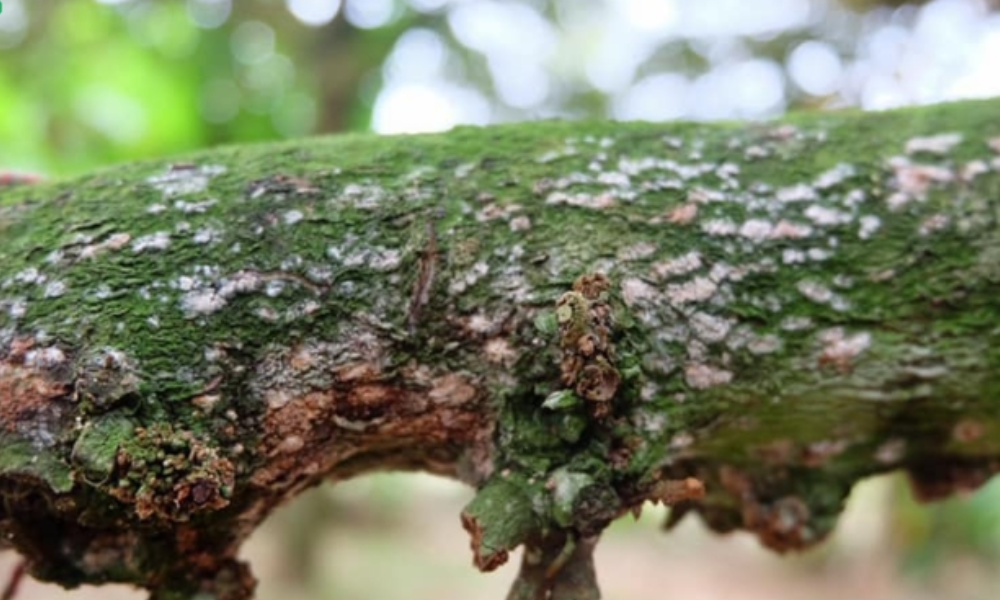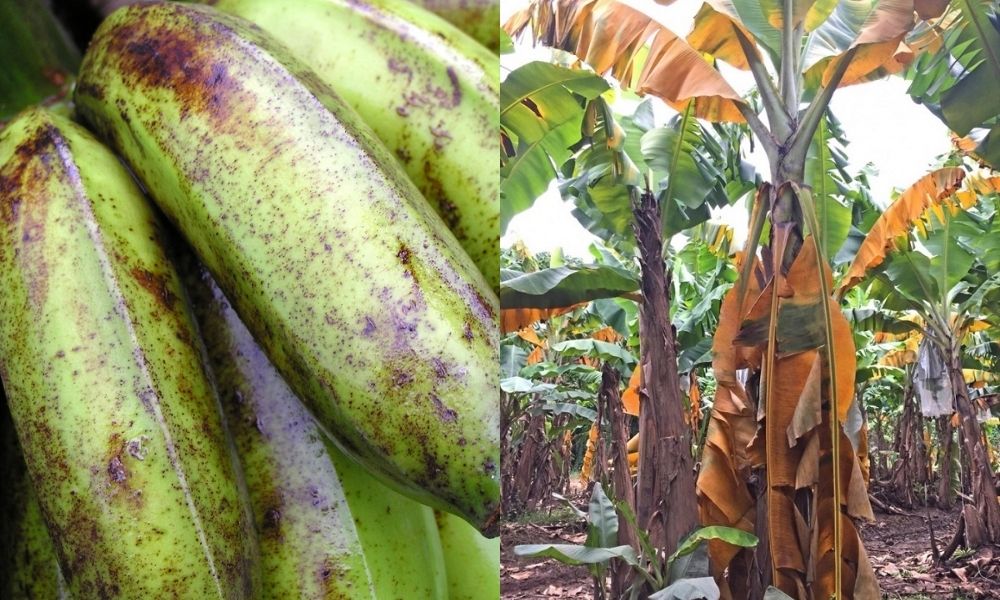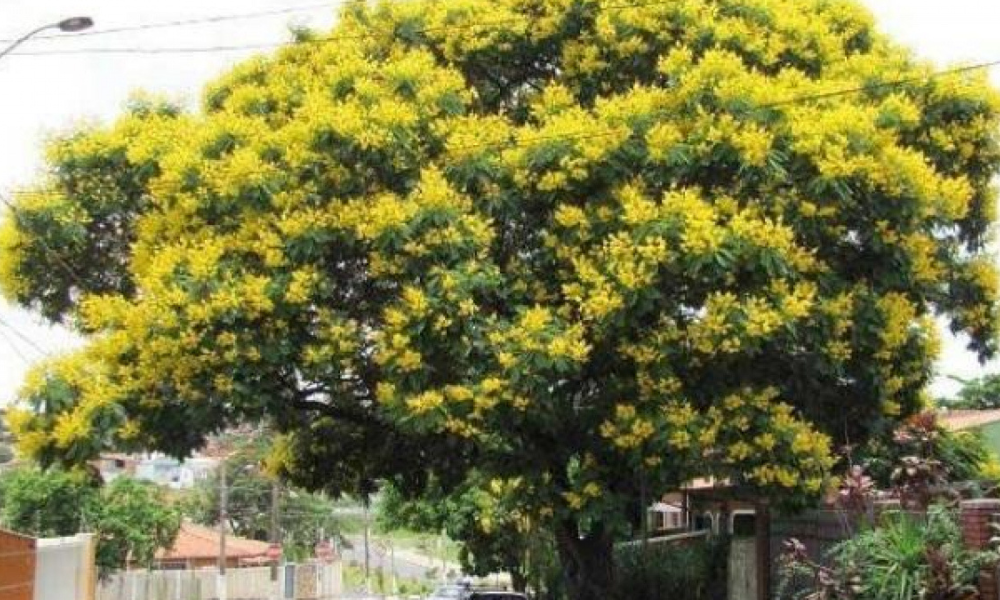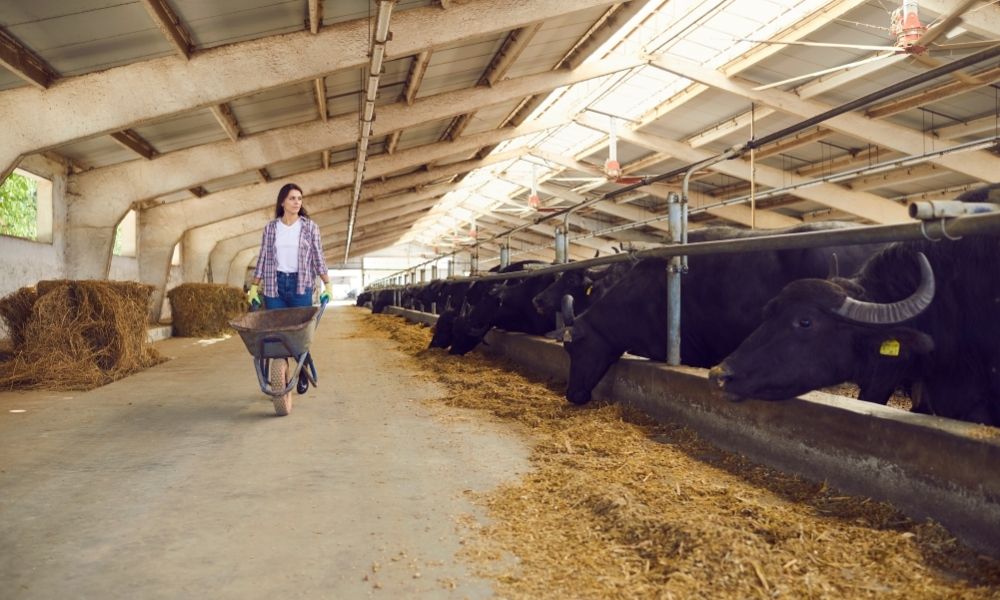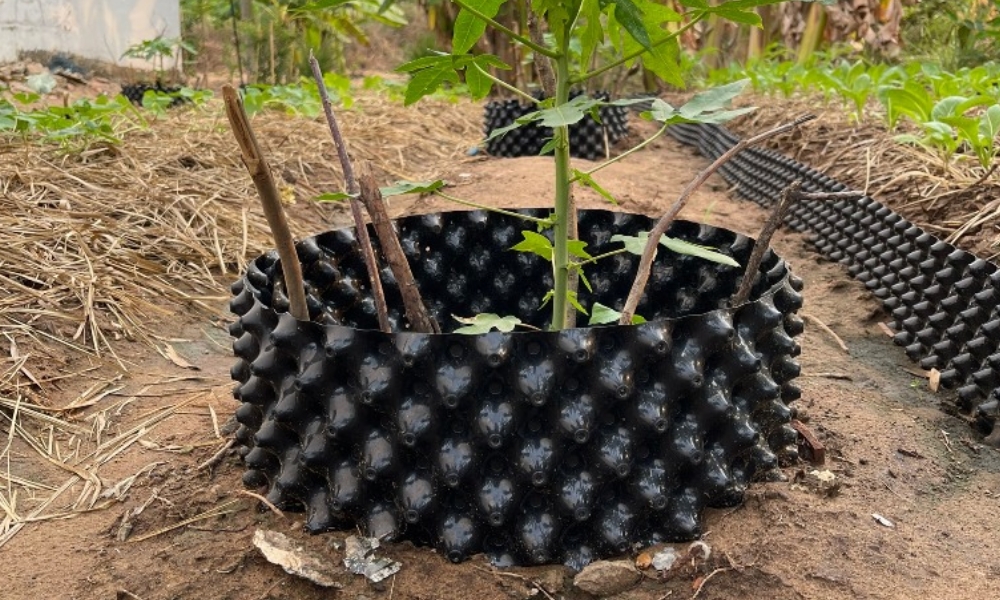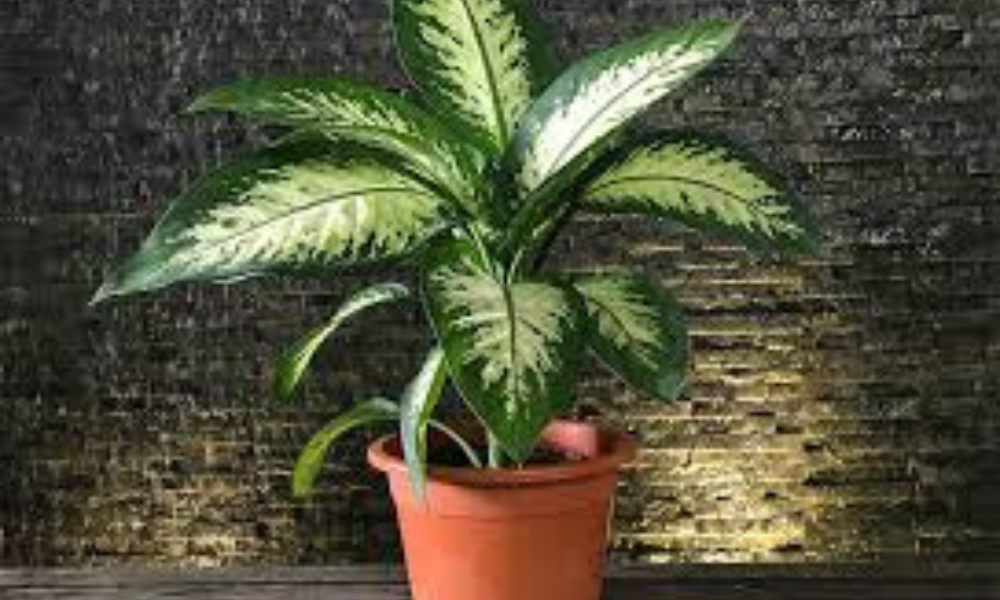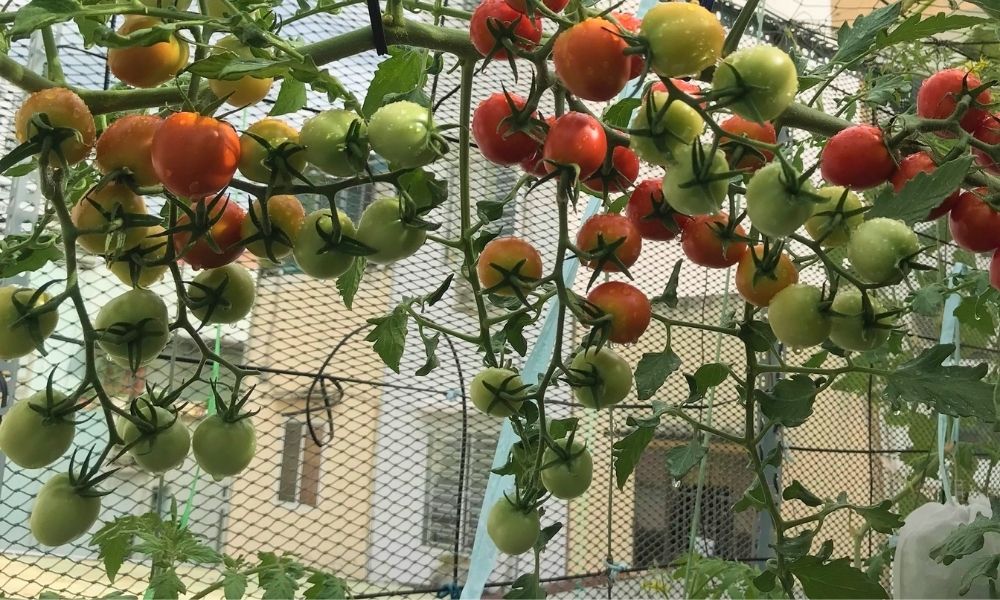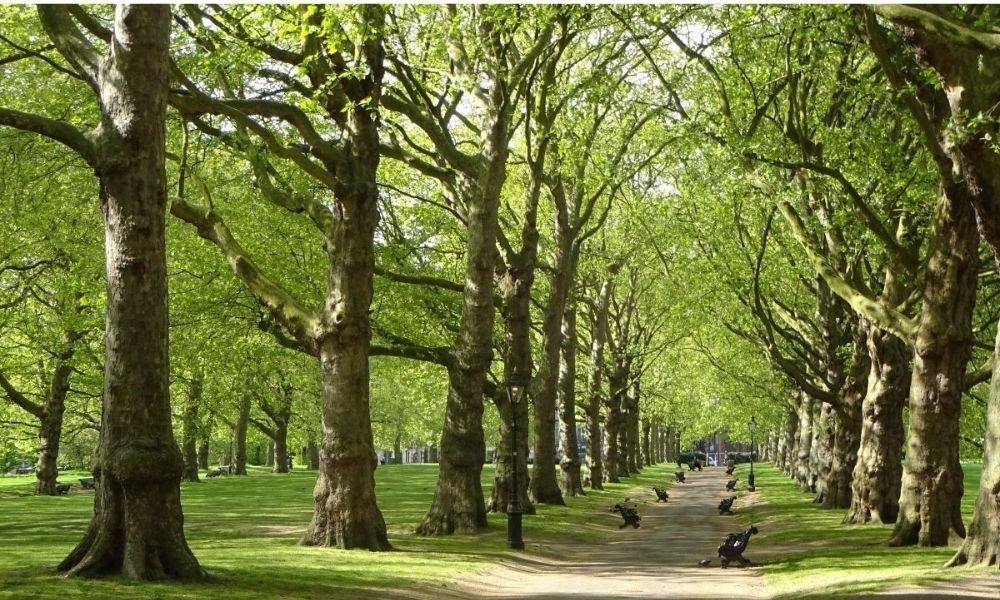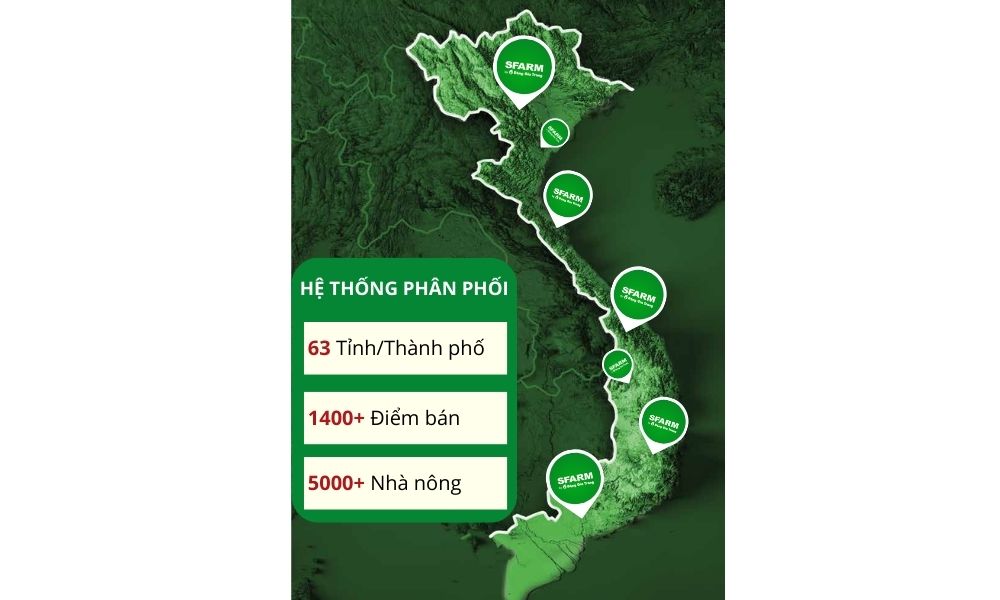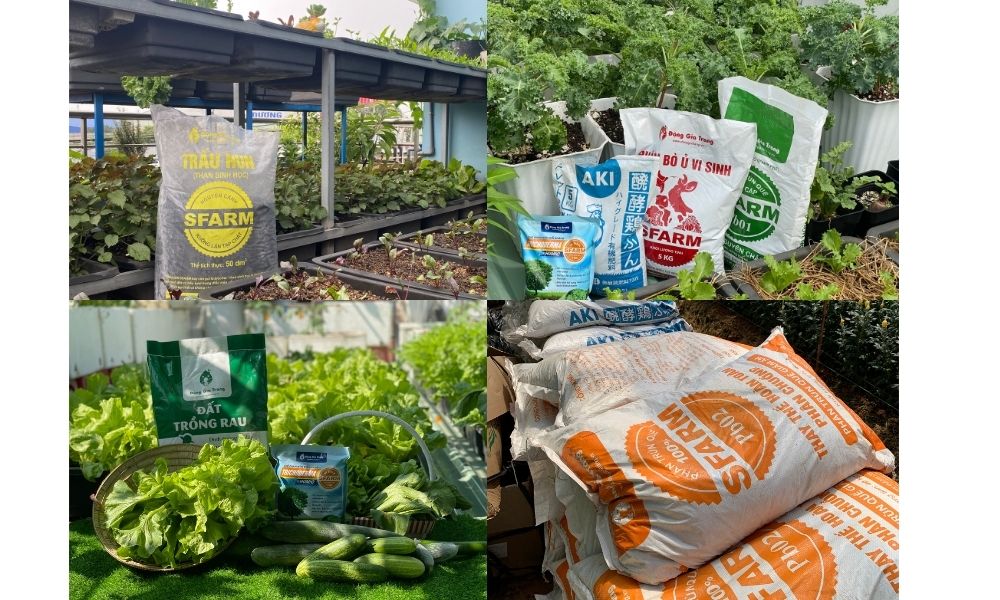Tự Thụ Phấn Là Gì: Cơ Chế, Ưu Nhược Điểm Và Ví Dụ Cây Trồng
What is self-pollination? It is a special pollination process where pollen from the flower of one plant will pollinate the pistil of the same flower or another flower on the same plant. Understanding self-pollination is the key to mastering the secrets of plant reproduction.
This article from KTH GARDEN will help you better understand the concept of self-pollination, explore its mechanism, analyze its advantages and disadvantages, as well as learn specific examples of self-pollinating plant species. . Together we will delve into the fascinating world of seeds, genes and genetic diversity in this reproductive process.
What is self-pollination? Mechanisms and genetics
Self-pollination is the process of pollination that occurs when pollen from the stamens of a flower pollinates the pistil of that same flower, or between flowers on the same plant. Unlike cross-pollination, where the pollen comes from another plant, self-pollination produces an almost identical genetic combination. This mechanism ensures genetic stability, but also poses risks of breed degradation.
This process begins with the maturation of the stamens and pistils. Pollen grains, which carry male sex cells, are released from the anthers. In self-pollination, this pollen grain comes into direct contact with the stigma, where the female sex cell is located. This is the key point that distinguishes it from cross-pollination, which requires the intervention of external agents such as wind, insects, or water to transport pollen. After contact, the pollen grains germinate to form a pollen tube, go down to the ovary, and combine with the ovule to form a zygote. This zygote then develops into an embryo and finally a seed.
Genetically, self-fertilization leads to an increase in homozygosity, meaning that the alleles (versions of genes) in pairs of homologous chromosomes become identical. This can reveal harmful recessive alleles, which are hidden in the heterozygous state (different alleles). A typical example is the phenomenon of varietal degeneration: After many generations of self-pollination, plant productivity and vitality can decrease significantly due to the accumulation of harmful recessive genes. Conversely, self-pollination can also help maintain desirable traits, creating stable purebred lines. The homozygosity rate increases with each self-pollinated generation. For example, if you start with a population that is 100% heterozygous, after one generation of self-pollination, the homozygosity rate will be 50%, and so on in subsequent generations.
Plants that perform self-pollination have many structural features that facilitate this process, such as bisexual flowers (having both stamens and pistils on the same flower) or flower structures that help self-pollination easily occur, Minimize the need for intermediaries. A typical example is the flower of the pea plant, used by Mendel in his classic experiments on genetics. The closure of the flower before blooming helps ensure that its own pollen pollinates the pistil. This is a clear example of plant adaptations to this particular sexual reproduction mechanism, showing the diversity and complexity of plant evolution. In addition, some plants have obligate self-pollination, meaning they can only self-pollinate, not cross-pollinate.
Advantages and disadvantages of self-pollination in sexual reproduction
Self-pollination, despite its limitations, still plays an important role in the sexual reproduction of plants. Its main advantage lies in its ability to maintain good traits of the cultivar. If a plant has desirable characteristics (such as high yield, good disease resistance), self-pollination helps ensure that these characteristics are passed on to future generations in a stable manner. This is especially useful in creating purebred lines, the foundation for plant selection and breeding. Plants bred in this direction often have uniform characteristics in morphology and yield, which is very convenient for mass production.
However, the disadvantage of self-pollination is also very significant, which is the phenomenon of seed degeneration. Due to the gradual increase in homozygosity, deleterious recessive alleles may be expressed, leading to reduced yield, vigor, and plant tolerance. The decline in vigor is evident in many tree species after many successive generations of self-pollination. Pollination efficiency also decreases, leading to reduced grain yield. A study on rice showed that after 10 generations of self-pollination, grain yield decreased by an average of 20%. This is a big challenge for agriculture, requiring technical measures to maintain the vitality of crop varieties. Reduced genetic diversity is also a serious problem, making crop varieties vulnerable to diseases, pests, and climate change.
Example of self-pollinating plants and practical applications
Many plant species use self-pollination as a primary method of reproduction. The pea plant is a typical example, with a special flower structure that helps this process occur effectively. Rice, an important food crop worldwide, is also largely self-pollinating. In addition, there are other species such as soybeans, peanuts, tomatoes, and many other flowers that also tend to self-pollinate. This self-pollination not only helps preserve genetic characteristics, but also contributes to the stability and adaptation of these species in their habitat.
In terms of practical applications, self-pollination plays an important role in agriculture. Understanding the self-pollination mechanism helps breeders create crop varieties that are uniform in traits, easy to manage and harvest. Creating purebred lines is an important premise for cross-breeding work, helping to improve plant varieties more effectively. Purebred plant varieties have stable traits, helping farmers predict yield and product quality, optimize production processes and minimize risks. The application of self-pollination is not limited to creating high-yielding crop varieties but also targets other goals such as enhancing resistance to pests, improving product quality, and adapting to climate change. harsh environmental conditions. However, maintaining genetic diversity remains a top priority to ensure the sustainability of agricultural production. Some crop varieties bred through self-pollination are capable of yielding up to 30% more than traditional crop varieties.
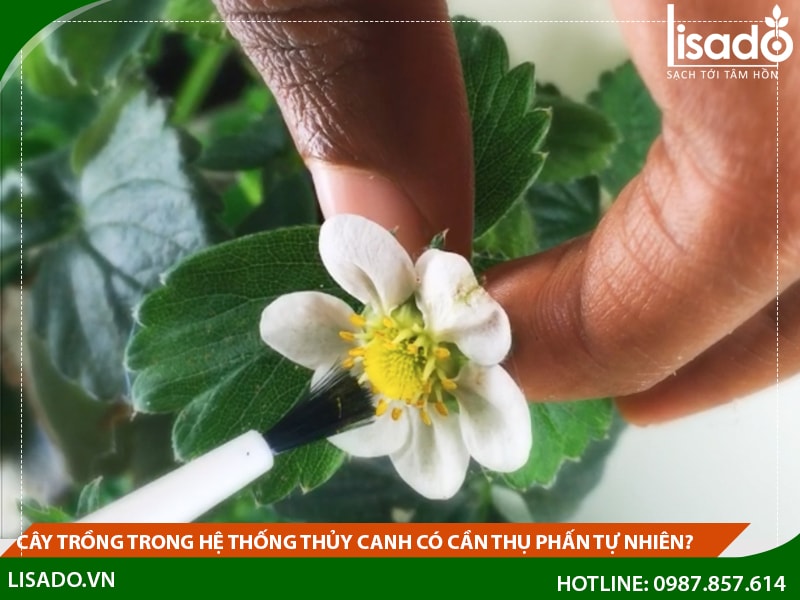
Comparing self-pollination and cross-pollination: genetic differences and variation
Self-pollination and cross-pollination are two forms of sexual reproduction in plants, but they lead to very different genetic outcomes. Understanding this difference is important, especially in plant breeding and selection.
Cross-pollination, also known as cross-pollination, occurs when pollen from the flower of one plant is transported to the pistil of a flower on another plant of the same species. This creates a combination of genetic material from two different sources, resulting in high genetic diversity in the offspring. In contrast, self-pollination occurs when pollen from a flower’s anthers pollinates the pistil of that same flower or the pistil of another flower on the same plant. In this case, the offspring inherit most of their genetic material from a single source.
These differences have a pronounced effect on genetic diversity. In cross-pollination, the random combination of genes from two parent plants leads to the emergence of new genotypes and more variation. This creates a diversity of traits, helping species better adapt to changing environments. In contrast, self-pollination often leads to genetic uniformity across generations. Harmful recessive genes can manifest in phenotypes, causing reduced plant vitality and productivity. This is why long-term self-pollination often leads to varietal degeneration.
A study on rice showed that, after 10 generations of self-pollination, yield decreased by an average of 20%. This decrease in yield is due to the accumulation of harmful recessive genes, which were hidden in the heterozygous parent generation, and are now expressed when self-pollinated plants create many homozygous pure lines. In contrast, rice varieties bred by cross-pollination often have higher and more stable yields.
Another example is the pea plant, a typical self-pollinating plant. Although self-pollination helps pea plants maintain stable traits over many generations, it also reduces the species’ ability to adapt to environmental changes. Meanwhile, plant species such as corn, with cross-pollination, show high genetic diversity and better adaptability to harsh environmental conditions. This genetic diversity is key to the survival and development of the species in the natural environment.
Environmental influence on self-pollination
The environment plays an important role not only in the overall development of the plant but also directly affects the effectiveness of self-pollination. Environmental factors such as temperature, humidity, light, and the presence of pollinating insects can greatly impact seed formation and crop yield.
For example, temperatures that are too high or too low can reduce the germination of pollen grains or cause abnormalities in ovary development, reducing the likelihood of successful fertilization. Humidity that is too high or too low can also affect the dispersion of pollen grains and the activity of pistils. Light directly affects the flowering and reproductive process of plants. Insufficient light can reduce flower numbers, leading to reduced self-pollination and seed production.
The presence of insects, although not directly involved in self-pollination, can have an indirect effect. Some insects can damage flowers or carry diseases that affect their ability to pollinate. The diversity and number of pollinators can vary depending on environmental conditions. For example, excessive use of pesticides can reduce the number of pollinating insects, affecting both self- and cross-pollination. This leads to reduced crop yields in a certain area.
In addition, other environmental factors such as wind, rain, and air pollution can also affect the effectiveness of self-pollination. Strong winds can dislodge pollen, while heavy rain can damage flowers and reduce pollination. Air pollution can reduce the vitality of pollen grains and affect the development of pistils. Therefore, it is necessary to understand the ideal environmental conditions for each plant species to optimize self-pollination and crop productivity. Climate change is becoming increasingly evident, making environmental conditions more unpredictable, requiring adaptive solutions to ensure crop productivity, especially for crop varieties that rely on self-pollination. Some studies have shown that changing the planting time or choosing plant varieties that can better withstand harsh environmental conditions is an effective solution.
The role of flowers, pollen grains and pistils in self-pollination
The self-pollination process depends entirely on the harmonious coordination between the three main parts of the flower: flower, pollen and pistil. Flowers are where pollination takes place, the structure of the flower will directly affect the ability to self-pollinate. Self-pollinated flowers often have a special structure that helps pollen grains easily contact the pistil. For example, in some plants, the stamens and pistils are located very close to each other, or the stamens bend down to touch the pistil. Some other plant species have a perfect self-pollination mechanism, pollen grains are released directly onto the pistil before the flower blooms.
Pollen grains contain male sex cells, carrying genetic information from the parent plant. The quality and quantity of pollen grains directly affect the efficiency of self-pollination. Pollen grains need to have good vitality, high germination ability and effective fertilization ability. Temperature, humidity, and other environmental factors all affect the viability of pollen grains. Some studies have shown that the germination rate of pollen grains can be significantly reduced if environmental conditions are unfavorable.
The pistil is the part that receives pollen grains and is where fertilization takes place. Pistils need to be able to receive pollen grains, compatibility between pollen grains and pistil is a prerequisite for successful fertilization. The structure of the pistil, the moisture on the stigma surface and the presence of mucus on the stigma all affect the ability of pollen to capture and germinate. Some plant species have a self-incompatibility mechanism, that is, pollen from the same plant cannot fertilize its own pistil. This is a biological mechanism that helps avoid seed degeneration due to self-pollination. Understanding the roles and interactions between flowers, pollen grains and pistils is important to optimize self-pollination and improve production efficiency. Researching the structure and function of these parts can help us select plant varieties with better self-pollination capabilities, contributing to increased productivity and product quality.
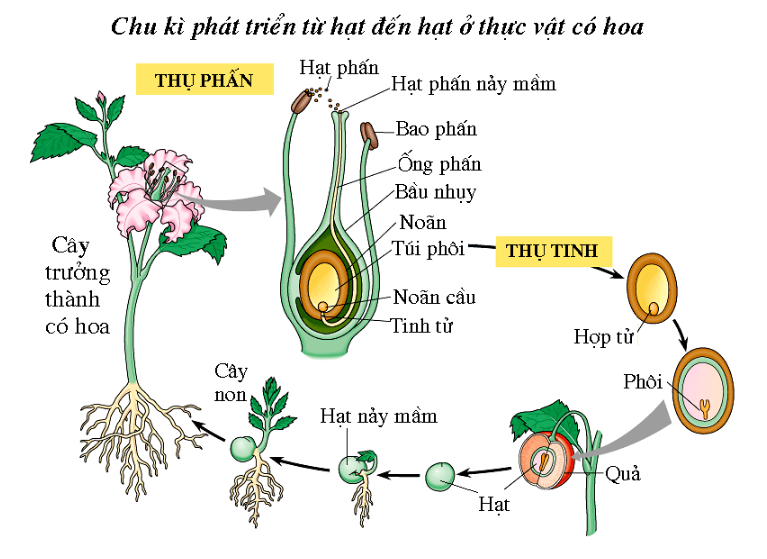

 0934.19.6789
0934.19.6789
